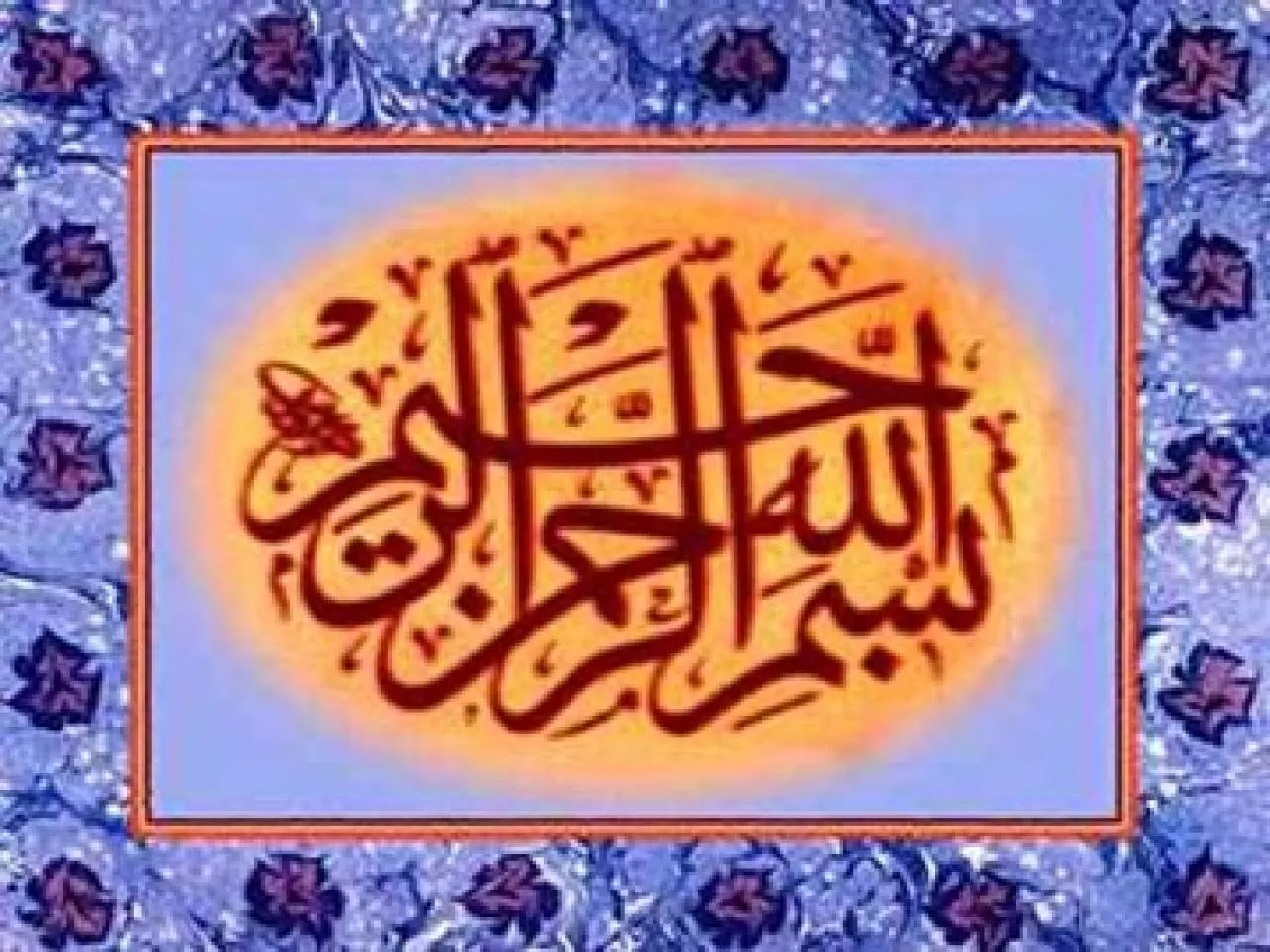

Micturition or urination is the process of emptying urinary bladder when it is full FUNCTIONAL ANATOMY OF THE BLADDER Main organs involved are urinary bladder and urethra A URINARY BLADDER ID: 1040701
Download Presentation The PPT/PDF document "MICTURITION REFLEX Prof. ASHRAF HUSAIN" is the property of its rightful owner. Permission is granted to download and print the materials on this web site for personal, non-commercial use only, and to display it on your personal computer provided you do not modify the materials and that you retain all copyright notices contained in the materials. By downloading content from our website, you accept the terms of this agreement.
1.
2. MICTURITION REFLEXProf. ASHRAF HUSAIN
3. Micturition or urination is the process of emptying urinary bladder when it is full.
4. FUNCTIONAL ANATOMY OF THE BLADDER
5. Main organs involved are; urinary bladder and urethra.A--- URINARY BLADDER;The smooth muscle of the bladder is known as detrusor muscle .when contracts expels urine out which is a major step in micturition reflex.The ureters enters the bladder oliquely through the detrusor muscle.In the posterior wall of the bladder there is a small triangular area--- TRIGONE.Lower most apex of trigone the bladder opens into the urethra and the two ureters enter at the uppermost angles of the trigone.
6. URETHRA; is 2 to 3centimeters long guarded by two sphincters;Internal sphincter is composed of detrusor muscle. It is not like other sphincter and not circular but forms loop around urethra. It prevents emptying of bladder and is entirely smooth muscle. This effect is not very strong.External sphincter; is made up of voluntary skeletal muscle. This voluntary control preventUrination even involuntary control is forcing to empty the bladder.
7. Micturation mechanism involves two main stepsA--- Storage or filling of urine in urinary bladder.B--- Emptying of bladder; this is a nervous reflex known as micturition reflexNote; it involves coordination between autonomic ,somatic( motor) and central nervous system
8. Micturition Reflex
9. Autonomic innervation
10. Vesicovesical reflex (Spinal reflex)
11. Voluntary(motor) control of external sphincter
12.
13.
14. HIGHER CONTROLThe higher centers ordinarily keep the reflex partially inhibited except when micturition is desired.Higher center can prevent the reflex by tonic contraction of external bladder sphincter through the pudendal nerves until a convenient time. the cortical centers facilitate the sacral micturition center to initiate the reflex and inhibit external urinary sphincter so that urination can occur.
15. SUPRA SPINAL CONTROLMicturition is a vesicovesical reflex which is facilitated and inhibited by higher cortical and pontine micturition center.1. PONTINE CENTER;L or lateral center;Spinoreticular fiber synapse in the L nucleus of pons and then it activates onuf’s nucleus in the sacral spinal cord thereby closing tightly external urinary sphincter. This onuf’s nucleus is situated in the anterior horn of the spinal cord and through the pudendal nerve it supplies the external urinary sphincter.
16. M: medial pontine center.It projects to the intermediolateral column of the spinal cord. When stimulated it produces a decrease in urethral pressure and rise in the detrossor muscle pressure causing emptying of the bladder.Note: pontine centers take 2-3 yrs. to develop hence there is automatic emptying of bladder. In adult 300-400 ml of urine normally required to initiate this reflex.SUPRA SPINAL CONTROL (cont…)
17. Higher cortical controlCerebral cortex for example paramedian lobule present on the medial surface of frontal lobe.Hypothalamus it is one of the highest center of autonomic control is also involved.
18. Role of higher centers in micturition reflex.Higher centers keep the micturition reflex partially inhibited except when micturition is desired.It prevents micturition even if micturition reflex is operating by tonic contraction of external sphincter (pudendal nerve) until a convenient time is found.When it is time to urinate cortical center can facilitate the sacral micturition centers to help and initiate a micturition reflex at the same time it inhibits the external urinary sphincter hence it is relaxed causing urination.
19. To remember…..Sympathetic supply to the bladder cause storage of urine.Parasympathetic supply leads to the Passage of urine.
20.
21.
22. Effects of DeafferentationDamage Site: When the sacral dorsal roots (Afferents) are interrupted by diseases of the dorsal roots, such as tabes dorsalis and long standing DMFeatures: Reflex contractions of the bladder are abolished. The bladder becomes distended, thin-walled, and hypotonic, but some contractions occur because of the intrinsic response of the smooth muscle to stretch.
23. Effects of DenervationDamage Site: When the afferent and efferent nerves are both destroyed, as they may be by tumors of the cauda equina or filum terminale, Feature: the bladder is flaccid and distended for a while. Gradually, however, the muscle of the "decentralized bladder" becomes active, with many contraction waves that expel dribbles of urine out of the urethra. The bladder becomes shrunken and the bladder wall hypertrophied.
24. Effects of Spinal Cord TransectionDamage Site: Spinal Cord injuries (Paraplegia)Feature: During spinal shock, the bladder is flaccid and unresponsive. It becomes overfilled, and urine dribbles through the sphincters (overflow incontinence). After spinal shock has passed, the voiding reflex returns, with no voluntary control and no inhibition or facilitation from higher centers. Sometime voiding reflex becomes hyperactive called spastic neurogenic bladder.
25. ABNORMALITIES OF URINEAND ITS CONSTITUENTS
26. Polyuria= large urinary volume in 24 hrsOliguria=diminished urine volume per 24 hrs ( less than 300ml of urine formation per day)Anuria= negligible urine per dayNocturia= frequent micturation in nightHaematuria= presence of rbc in urine a few red cells may be found eg mensturation.
27.
28. Proteinuria=presence of protein in urine(less than 150mg per day is normal)Over 1.5 to 2g per day is always abnormalMicroalbuminuria=30-300mgper day(early sign of diabetic nephropathy)Nephrotic syndrome=more than 4.5 g per day results in eg ; Oedema, hypoalbuminaemia
29. Glycosuria= presence of glucose in urine,always full assessment is neededKetonuria= presence of ketone bodies in urine.Dysuria=Feeling of buring or pain during urination.Myoglobinuria= due to destruction of muscle
30.